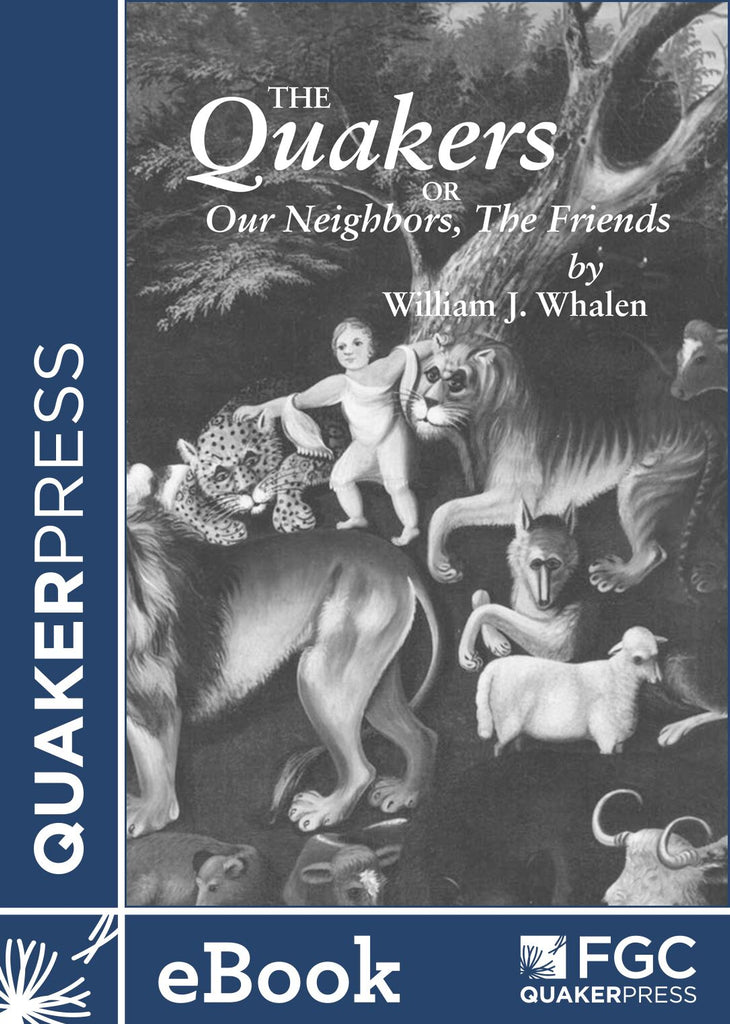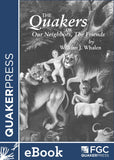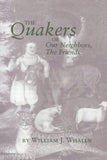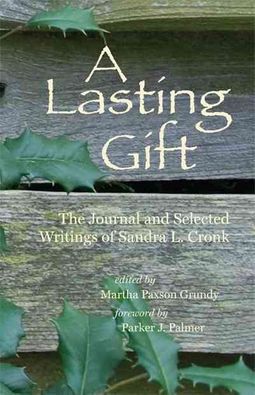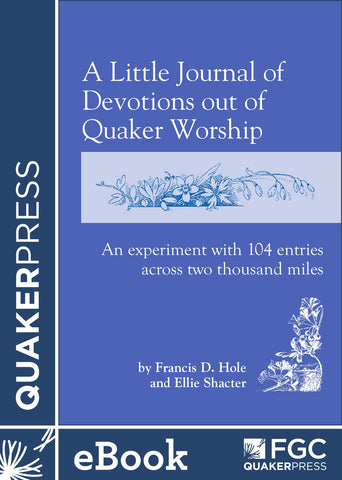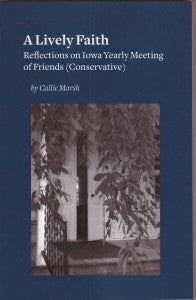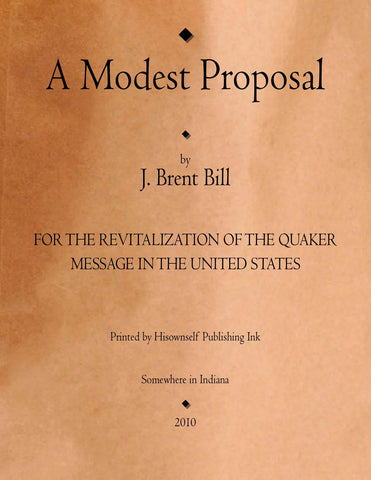Note: Printed pamphlet is out of stock. We are looking onto reprinting.
An excellent 30 page, but pocket sized, pamphlet for outreach aimed at new attenders in particular. A basic introduction to Quaker beliefs given as a brief history of Quakerism, gives a lot of information in a small package. See text below to see if the word brief really covers it. Pamphlet also has some Black & White pictures.
The ebook version comes in epub.

